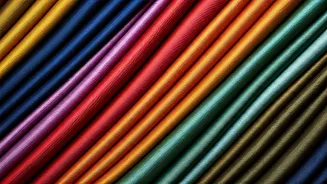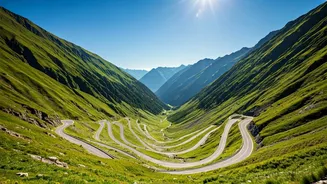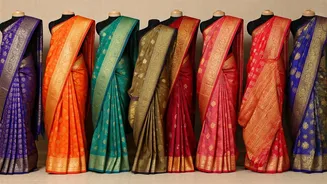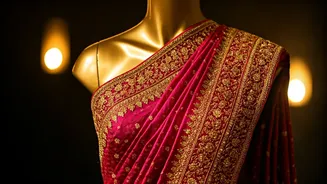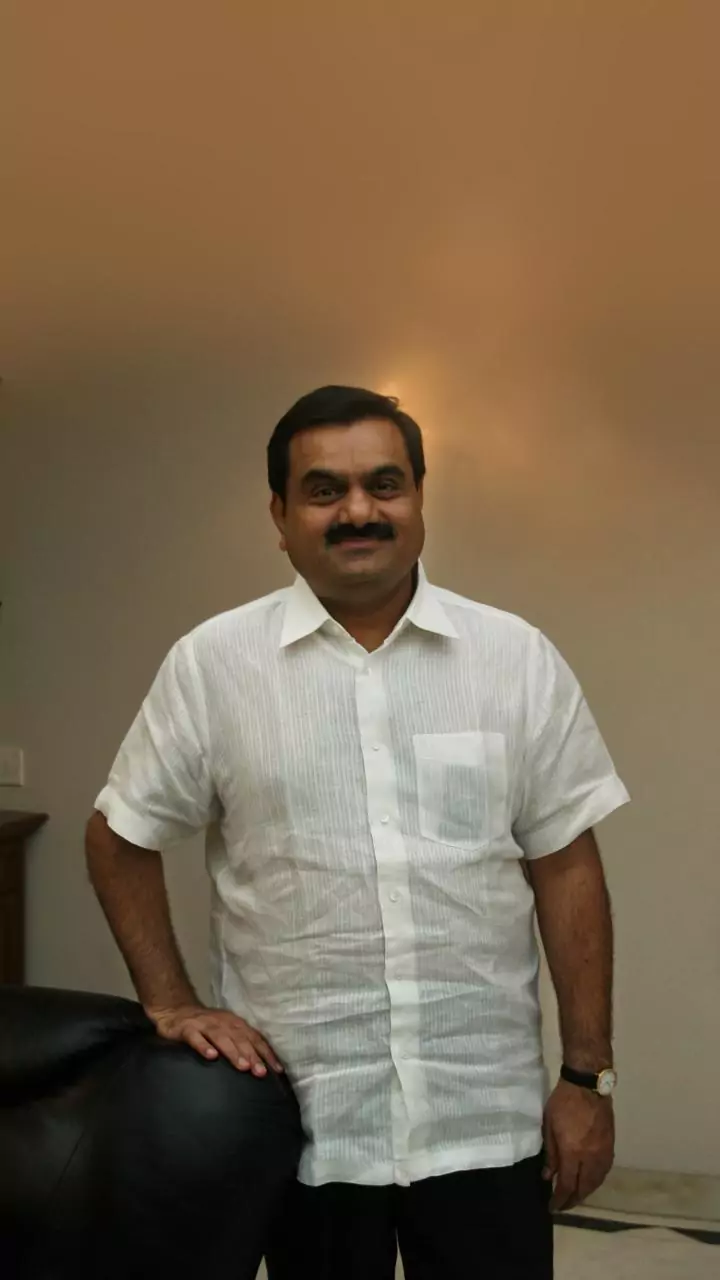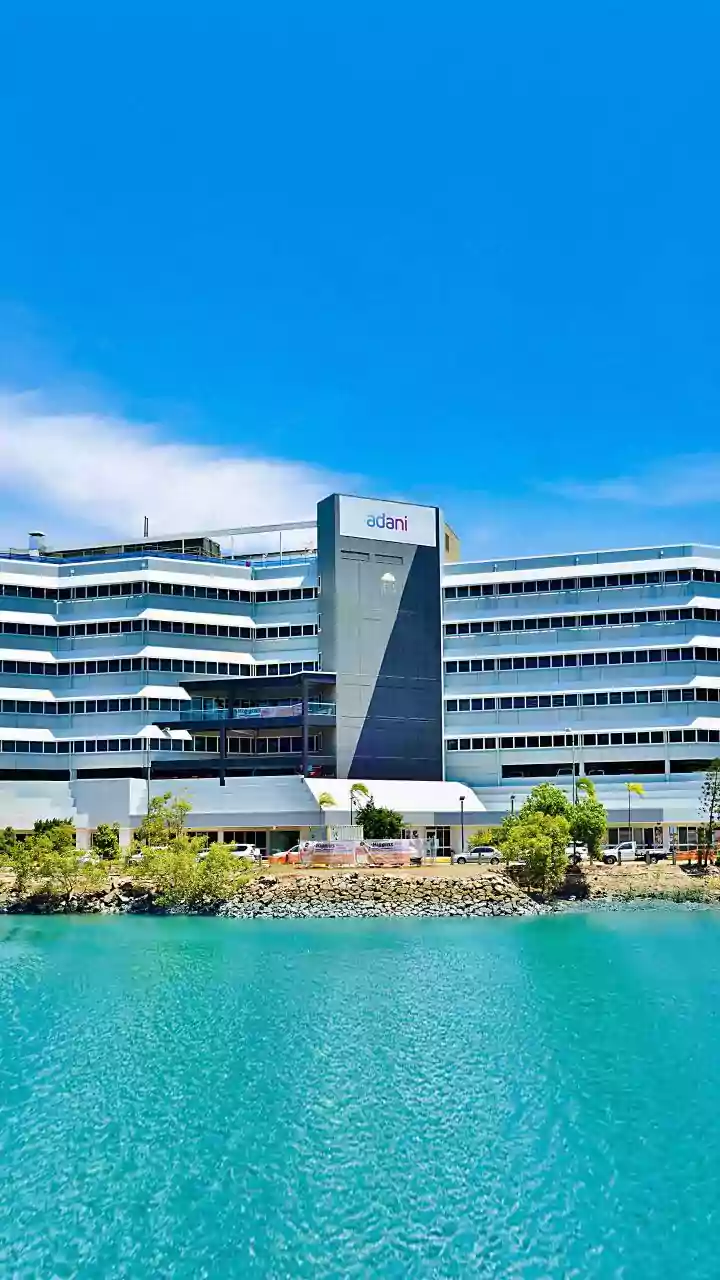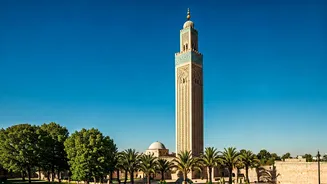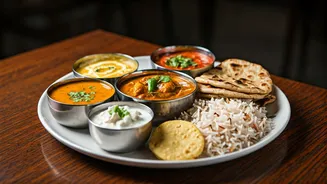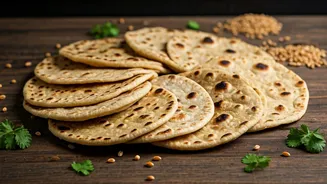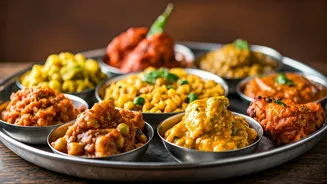Heritage and Legacy
India's fashion narrative is profoundly rooted in its rich heritage. Throughout the country's extensive history, diverse regions have given rise to distinctive
sartorial traditions. From the intricate silk sarees of Varanasi to the vibrant mirror-work embroidery of Gujarat, each region boasts unique clothing styles. These traditional garments often reflect the local culture, religious beliefs, and socio-economic status of the wearers. For example, the use of specific colors, patterns, and fabrics can denote marital status or social standing within a community. Traditional attire is not just clothing; it is a repository of history and craftsmanship. The techniques used to create these garments have been passed down through generations, preserving ancient skills such as hand-weaving and natural dyeing. This enduring legacy ensures that India's fashion continues to celebrate its past while constantly evolving.
Regional Fashion Flavors
India’s fashion scene is a kaleidoscope of regional styles. Each state contributes its own unique flair to the national fashion tapestry. In South India, the elegance of Kanjeevaram sarees and the simplicity of cotton weaves dominate. These fabrics are often paired with temple jewelry, creating a timeless look. Moving towards the North, the opulent embroidery of Punjab's phulkari and the intricate designs of Rajasthan's ghagras and cholis exemplify the celebratory nature of clothing. In Eastern India, the graceful draping of Bengali sarees and the vibrant patterns of Assam's silk saris reflect the artistic sensibilities of the region. The Western states showcase a fusion of traditional and modern styles, with designer wear and fusion ensembles becoming increasingly popular. These regional variations offer a testament to India's cultural diversity, where clothing serves as a powerful symbol of identity.
Modern Influences Shaping Style
Indian fashion has undergone a significant transformation with the advent of globalization and exposure to Western styles. Contemporary influences are reshaping traditional designs. The integration of modern cuts, fabrics, and design elements has created a fusion of traditional aesthetics with international trends. This blending of styles is particularly evident in the rise of fusion wear, which combines traditional Indian garments with Western silhouettes. The influence of Bollywood and the media also plays a pivotal role in popularizing fashion trends, with celebrities often setting the tone for what is considered stylish. Moreover, the growing middle class and increased disposable incomes have fueled a demand for designer wear and branded clothing, leading to the rapid growth of the fashion industry. This dynamic interplay of tradition and modernity characterizes the evolving face of Indian fashion.
Emerging Trends Forecast
Looking ahead, several trends are poised to shape the future of Indian fashion. Sustainability is becoming a crucial element, with designers and consumers increasingly favoring eco-friendly fabrics and ethical production practices. This includes promoting handloom textiles and supporting local artisans. Furthermore, there's a growing emphasis on inclusivity and body positivity, leading to the rise of size-inclusive collections and diverse representation in fashion campaigns. The influence of digital platforms and social media also continues to grow, allowing trends to spread rapidly and creating new avenues for fashion marketing and consumption. Personalized and customized fashion is also gaining momentum, with individuals seeking unique pieces that reflect their personal style. These factors suggest a future where Indian fashion becomes more conscious, diverse, and responsive to the evolving needs of its consumers.
